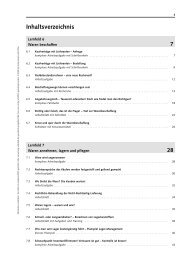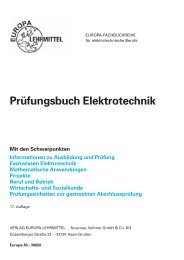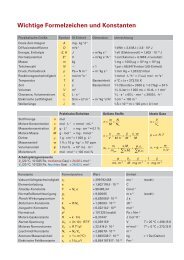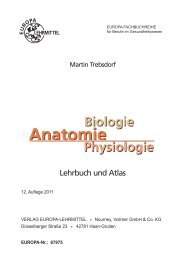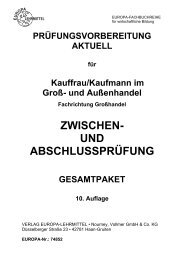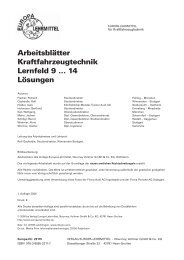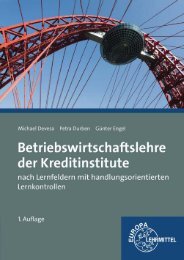Technical English Mechanical Engineering
Technical English Mechanical Engineering
Technical English Mechanical Engineering
You also want an ePaper? Increase the reach of your titles
YUMPU automatically turns print PDFs into web optimized ePapers that Google loves.
Module 1<br />
Basic <strong>Technical</strong> Vocabulary<br />
At the beginning of the technical <strong>English</strong> course it is necessary to introduce some basic vocabulary<br />
and gram mar. <strong>Technical</strong> <strong>English</strong> is different from the <strong>English</strong> taught at secondary schools. For this<br />
reason, the following module provides the basic tools for every student of mechanical engineering<br />
to enlarge their knowledge and to work in an international surrounding.<br />
module<br />
1<br />
1.1 Tools in the Workshop<br />
The first and important thing to know is what all the tools and<br />
ma chines in the workshop are called. This enables an engineer to<br />
give precise instructions to the trained workers about what to do<br />
and how. Therefore, the exercises will provide an overview of the<br />
content of a toolbox, useful verbs, measurement tools and the<br />
most common units that are needed in during daily working<br />
processes.<br />
1.2 Measuring<br />
When it comes to measuring work pieces, there are various<br />
methods and many tools available for this task. The first differentiation<br />
has to be made between gauges and measurement<br />
equipment.<br />
The first represent either a measurement or a form that refers<br />
to limit dimensions of tolerances. These have to be fulfilled in fits<br />
and usually just provide information about whether a fit is within<br />
the limit of tolerances or not. This group includes gauging tools,<br />
e. g. slip gauges and accidences, straightedge, square and limit<br />
gauges, cylindrical plug gauges, gauging rings and calliper gauges.<br />
The latter can be used for acquiring information on the<br />
measurements of a work piece and provide information on the<br />
length, width and depth of the outer or inner edges of a work<br />
piece, hole or slot. The most common instruments in mechanical<br />
engineering are vernier callipers or calliper rules which can<br />
be used universally in the workshop. They provide information<br />
on lengths and are precise to 0.1 mm. If it comes to smaller<br />
tolerances, micrometers are usually used. They measure<br />
accurately to within 0.001 mm.<br />
1.3 Common Units<br />
For a very long time every country has used its own measurement<br />
system and units which led to a lot of problems, as the measurements<br />
of a work piece were not comparable to each other. In an<br />
internationally operating industry, a standardized measurement<br />
system is absolutely essential and for this reason the International<br />
System of Units (SI-units) has been developed from the metric<br />
system. Engineers in the United Kingdom still often use the<br />
imperial system instead of the metric one, which is now the<br />
international standard system. Therefore, every engineer should<br />
at least have basic knowledge of the units of the imperial system<br />
and how the conversion between the two systems works.<br />
7



